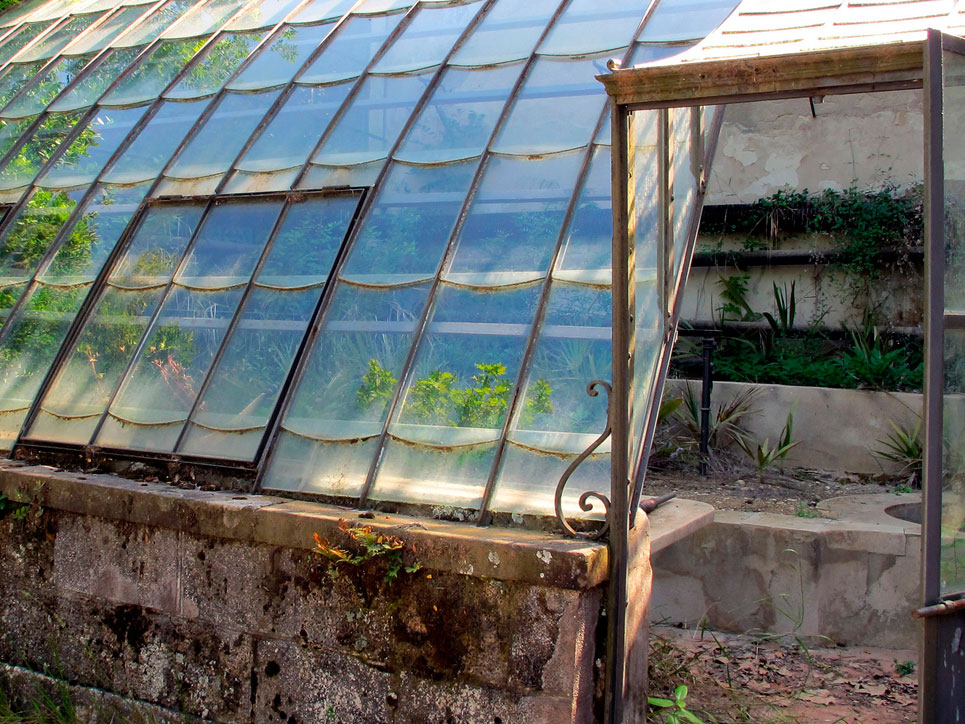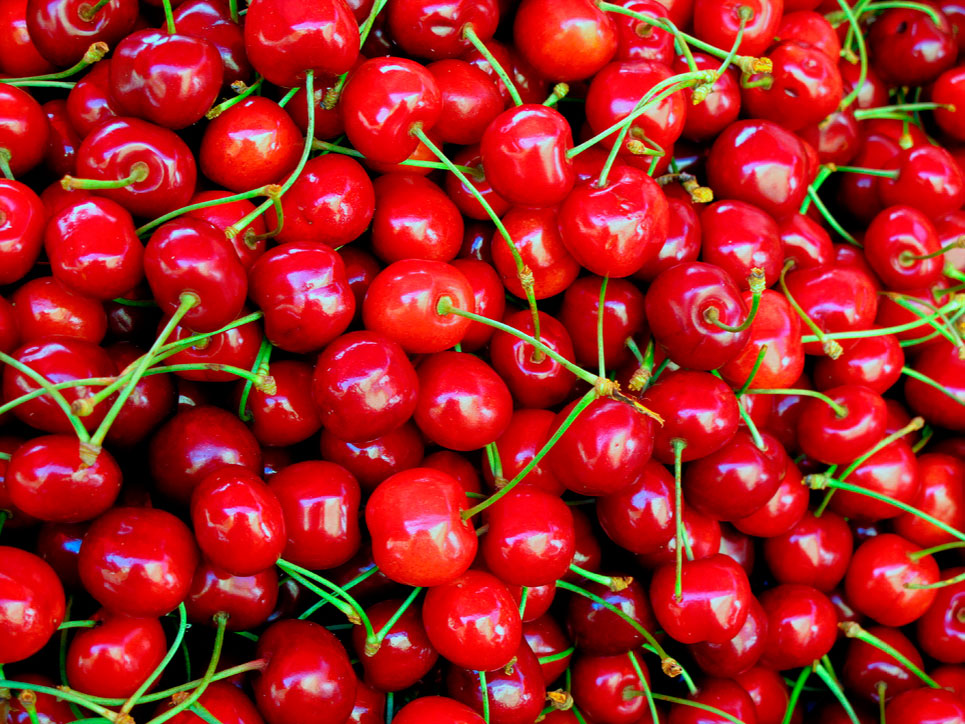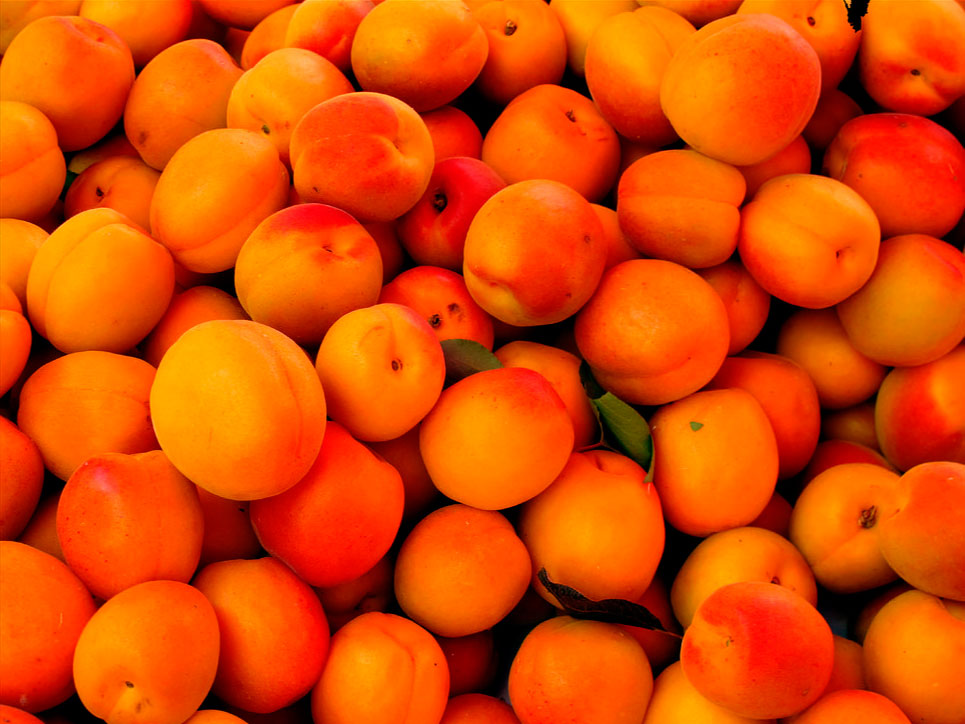Growing Your Own Survival Food
With mass quantities of food produced and shipped all over the world, it is not likely that many people in developed areas are forced to grow their own food. In fact, for the average citizen it is only a hobby.
Growing your own food, though, has direct benefits. Increased security and health are primary, as the market fluctuates and dangerous chemicals are added to mass-produced food products. Once the hankering for harvesting sets in, however, it’s hard to know quite where to begin. Here are a few steps to get you started.
1. What to Grow
Depending on the climate and geographic location, it may be possible to grow only certain kinds of fruits or vegetables. The amount of space available for planting and growing your garden can also play a factor. Probably the easiest thing to do is to visit a local farm to see what they are growing. If possible, ask the local growers questions about why they choose to grow the things they do. When investigating on your own, be sure to pick plants that will both thrive in your local environment and be something you enjoy.

2. Make a Plan
Once you’ve decided what to grow and where to grow it, think about best- and worst-case scenarios while the plants are growing. Make a plan for things that may go right and that may go wrong. Some things to take into consideration while planning include, but are not limited to, the following:
- Animals
- Bugs
- Sun exposure
- Rainfall or watering
- Topography
- Storage
Make lists of items needed for each area of concern, then double check it with sources. Again, local farmers can be valuable allies in the growing process, along with a library of books specific to each kind of climate and corresponding plant life.

3. Select your Seeds
Finding and using the seeds of the highest quality is imperative to a strong crop and a healthy yield. Seeds carry on herbal diseases that can spread throughout a crop, and need to be treated or cast aside. For repeat growers who can harvest their own seeds on an ongoing basis, mark the healthy and strong plants with a ribbon so when you collect seeds for reuse, you can use the seeds from the best plants first. Maintaining good seed selection will help ensure the health and safety of crops, season after season.
While choosing what to grow, planning the process out and choosing the right seeds can be a tedious and lengthy process, it is worth it in the end. Harvesting, eating and sharing food grown with your own hands is healthier, and can have therapeutic effects on a stressful life.
Photos from www.flickr.com/photos/laurakgibb.

